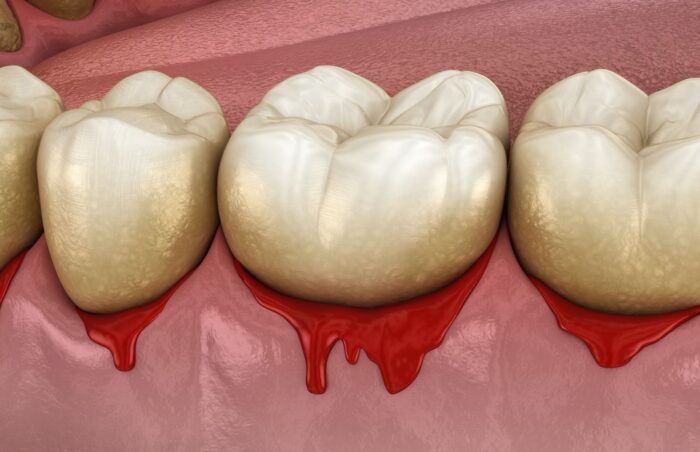A recent study in the Journal of Clinical Periodontology suggests that people with gum disease could have a higher risk of severe complications related to COVID-19. This stems from the link between inflamed gum tissue and the body’s inflammatory response. In other words, swollen gums can mean that other parts of your body are swollen, raising the chances that you can get major damage to your systems from the Coronavirus.
Therefore, it is crucial to continue seeing your dentist regularly to keep your gums and the rest of your smile healthy. If you have issues with your gums, you should not hesitate to let your dentist know so that they can provide swift evaluation and treatment. Read on to learn more about why you should seek dental attention for gum concerns as soon as you can.


Can I Tell If I Have Gum Disease?
Dental patients with gum disease can sometimes recognize swelling, soreness, or bleeding in their gums. These symptoms may also occur for acute reasons, like harsh teeth brushing techniques. But if the problems persist, they could point to an infection in the gum tissue.
Not all patients will have noticeable symptoms if they have gum disease. This is why you need to visit your dentist for routine exams and cleanings. A dentist can spot early signs of gum disease that you might not see in yourself.
If gum disease progresses, you may experience more severe damage to the gum tissue, tooth roots, and jawbone. This type of dental harm cannot be reversed. So you may need restorative dental treatments to rebuild your smile after gum recession or tooth loss. Early diagnosis and eradication of gum disease can prevent this damage.
How Will My Dentist Treat Bleeding Gums?
Gum disease will not go away on its own. It is easier to get rid of when it is caught and treated early, so do not wait to get your gum health checked.
For the early stage of gum disease, called gingivitis, your dentist will begin treatment by thoroughly cleaning your smile. They will scrape excess plaque and bacteria from hard-to-reach spots of your mouth, such as near the gumline. Dentists refer to this extensive cleaning method as scaling and root planing.
If the disease persists after this treatment, your dentist can use minimally invasive laser dentistry to remove damaged gum tissue and target the infection. You can expect precision and reduced recovery time with this type of dental procedure. Patients may receive gum rejuvenation treatment to restore the look of their gums after the eradication of this infection.
Dentists emphasize preventative care when it comes to gum health, but at-home tactics can stave off gum disease after your treatment too. For patients who are more prone to oral infections, a dentist may suggest rinsing with an antibacterial mouthwash.
This will balance the number of bacteria in the mouth, lowering the risk of infection of the gum tissue. It will relieve uncomfortable symptoms too, like swelling and tenderness in the gums.
